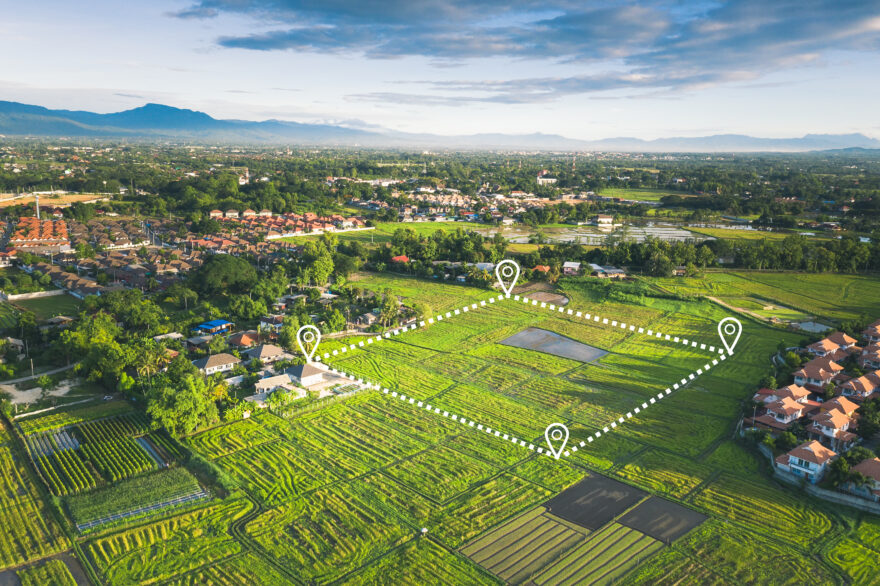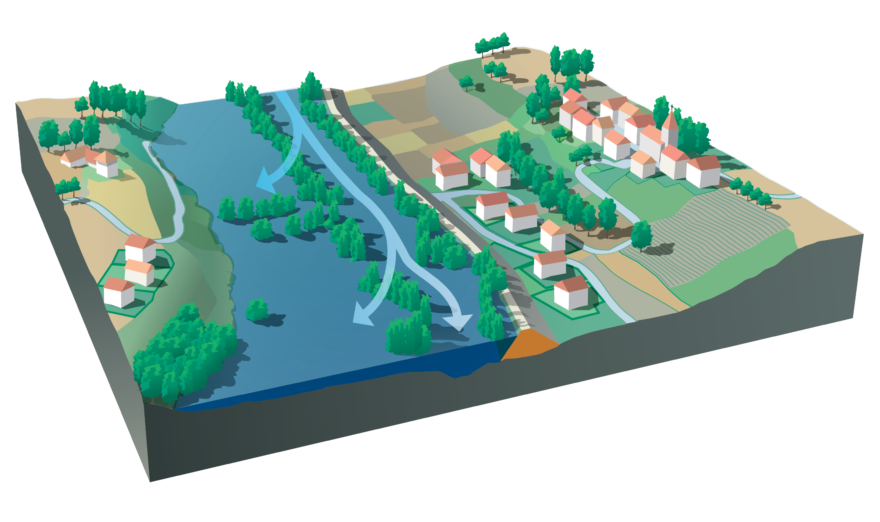Irrespective of scale, to build, develop or redevelop on a foundation without a detailed understanding of the ground conditions is a high-risk activity.
In fact, to ignore this can lead to consequences like development structures cracking, leaning, sinking, slipping, and sometimes collapse. And not to mention, drive costs up in the process.
Ground composition and condition can vary greatly within a site due to many natural and human influences that are present in and on the ground. These include, the sub-surface soil and rock, the presence and flow of groundwater, and the challenges presented by climate change, amongst others.
It is a combination of these influences that will inform the suitability of the ground conditions for the prospective load and scope of development.
Therefore, in the context of land development across all project types (residential, commercial, and industrial) effective investigation, including a site classification, should take place before commencing any construction work.
What is site classification?
A site classification is conducted on a site to classify the soil conditions, and therefore suitability of the soil for the intended building design. It involves a series of tests that can determine the expected level of reactive soil movement, soil plasticity and bearing capacity.
A geotechnical engineer will perform a thorough investigation of the soil, including desktop study, field, and laboratory testing. The encountered soils and rocks are analysed and classified according to their inherent properties like particle size, material, and texture, and according to their in-situ conditions, mostly their field strength. By understanding these properties, the engineer can define and predict soil behaviour which can indicate how suitable it is for the site where development/building is intended. This is then used by other Engineers (Civil and Structural) to determine the type and geometry of footing systems needed for the proposed building.
Find out more on soil testing in our related article, The answer is in the soil: the importance of testing and analysing soil properties.

The role of engineering in land development
Geotechnical engineers and/or environmental engineers/specialists are engaged to understand the possible constraints to development within the environmental setting. With their respective expertise and skillset, they report on the ground conditions (i.e., soil reactivity), make recommendations to the contractor/developer/owner on how to help them achieve the targeted site classification, which will inform the design of the building foundation.
They can be involved at any or all stages of a project to assist with one or more of the following:
- Land and town planning, layout of the site
- Site feasibility studies
- Various design stages of the buildings and other structures proposed within the site, to inform civil, structural, and architectural designs
- Stormwater management, analysis, and design
- Contamination assessment and/or remediation
- Groundwater investigation and/or remediation
- Floodplain analysis
- Grading and earthwork
- Erosion control

Contact Douglas Partners
We provide advice on ground conditions and recommendations on how to improve the site to achieve your desired site classification.
Contact your local office here.

